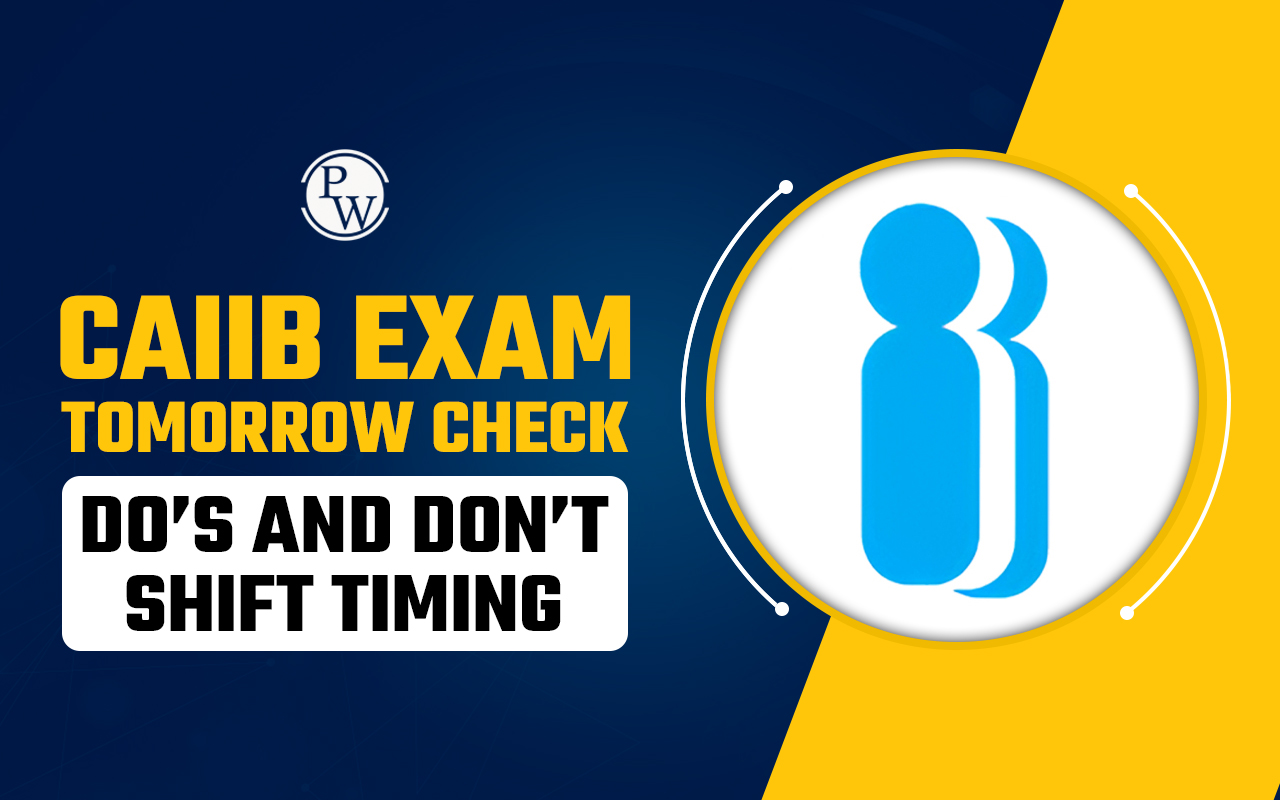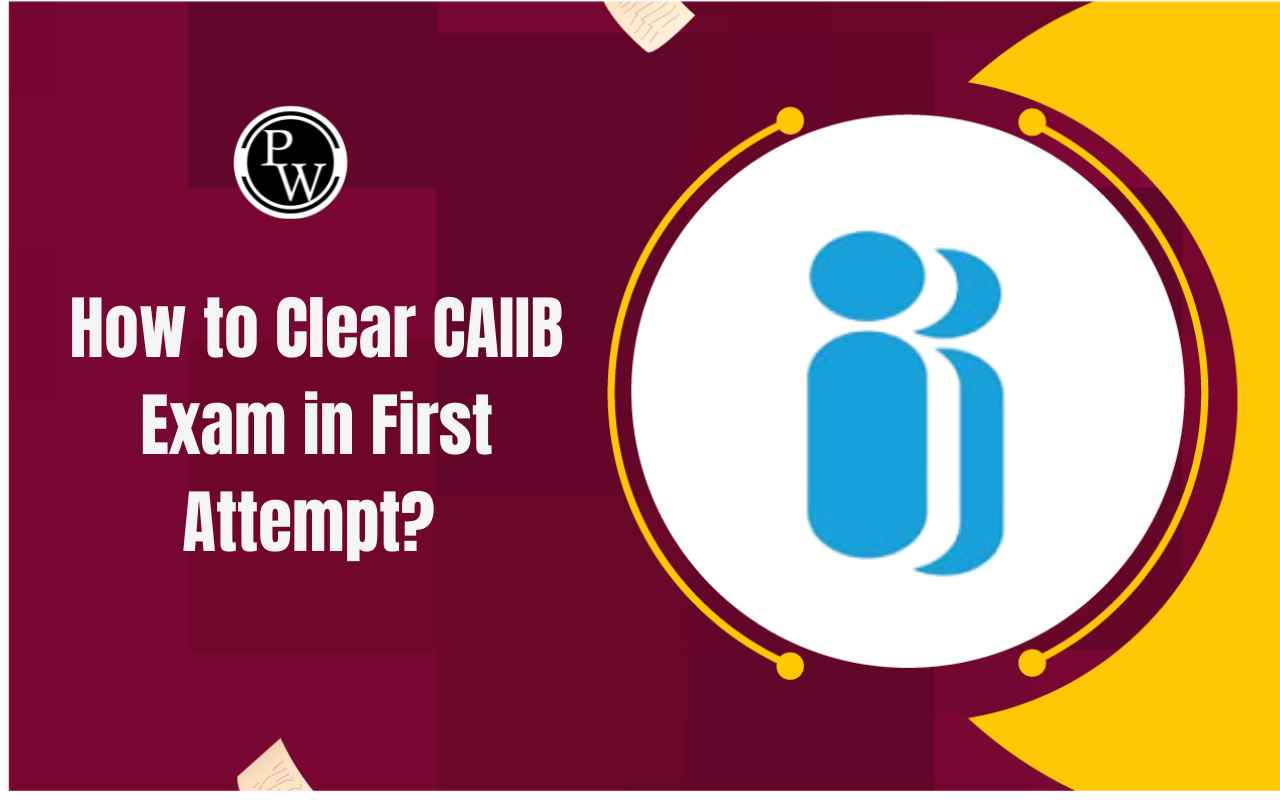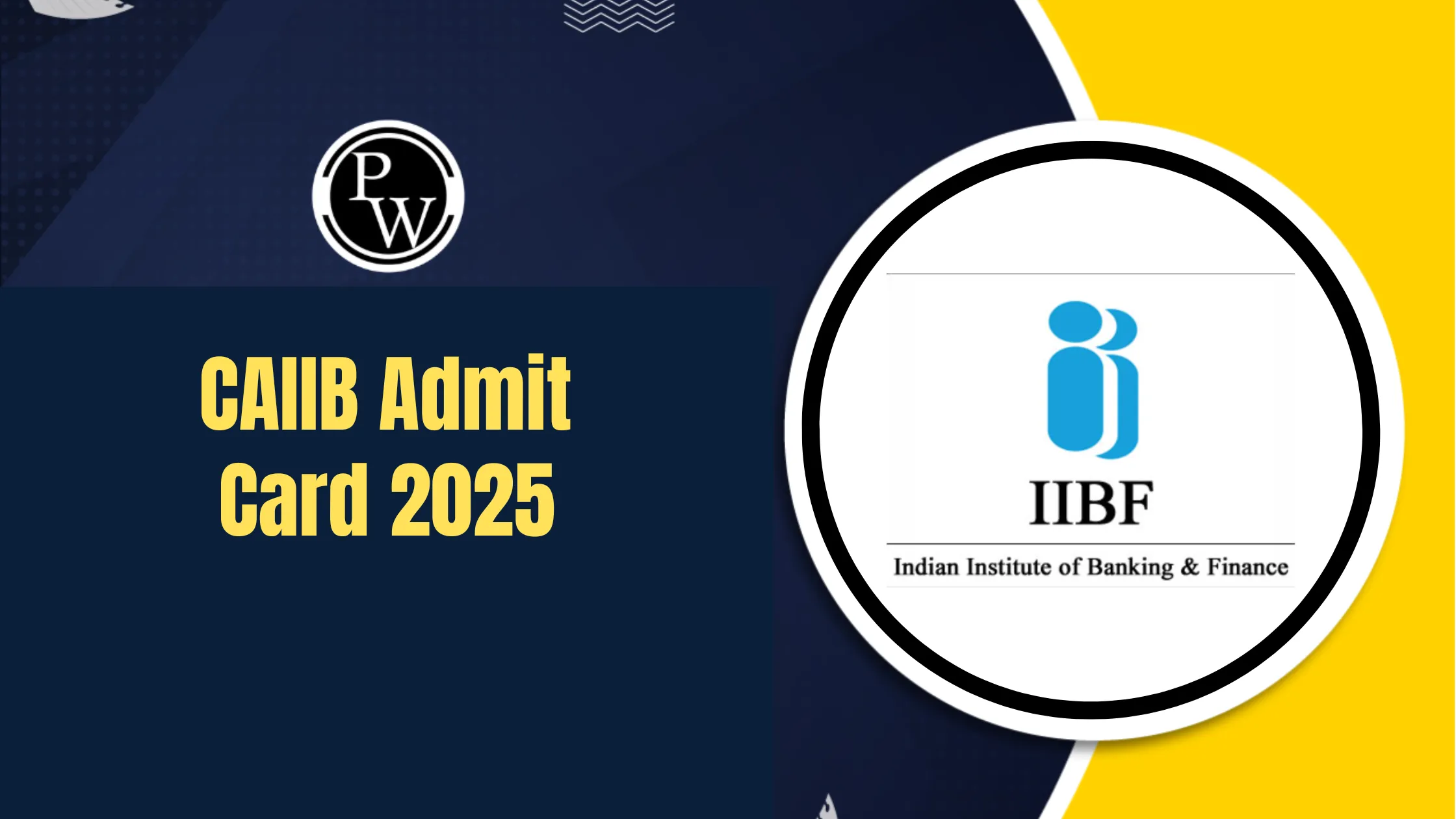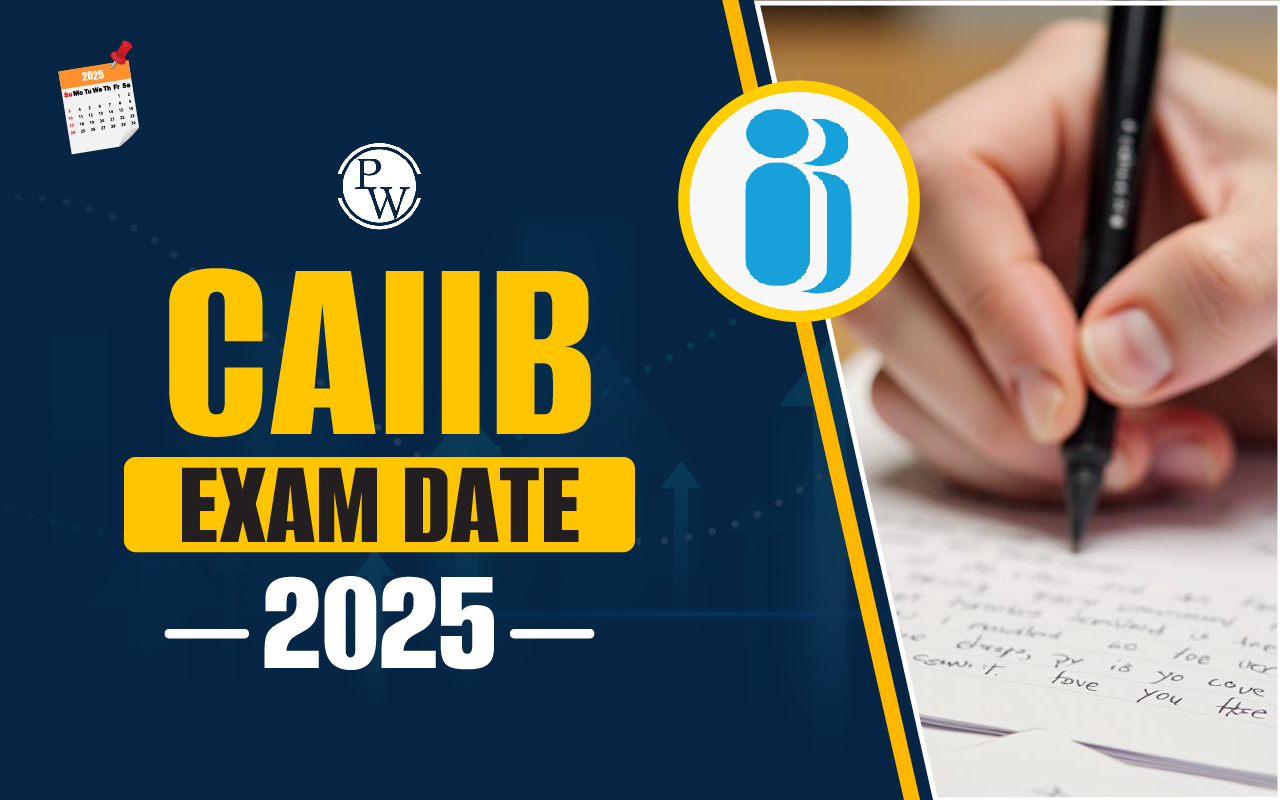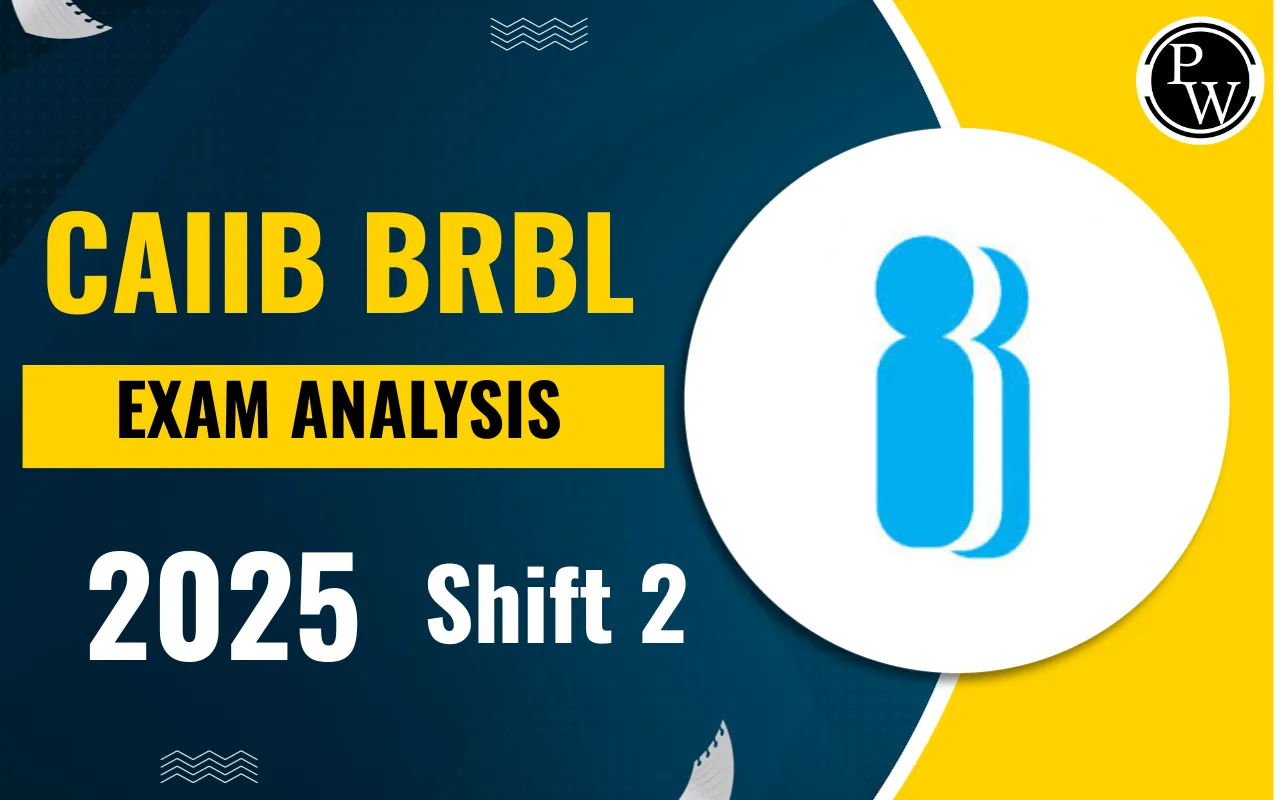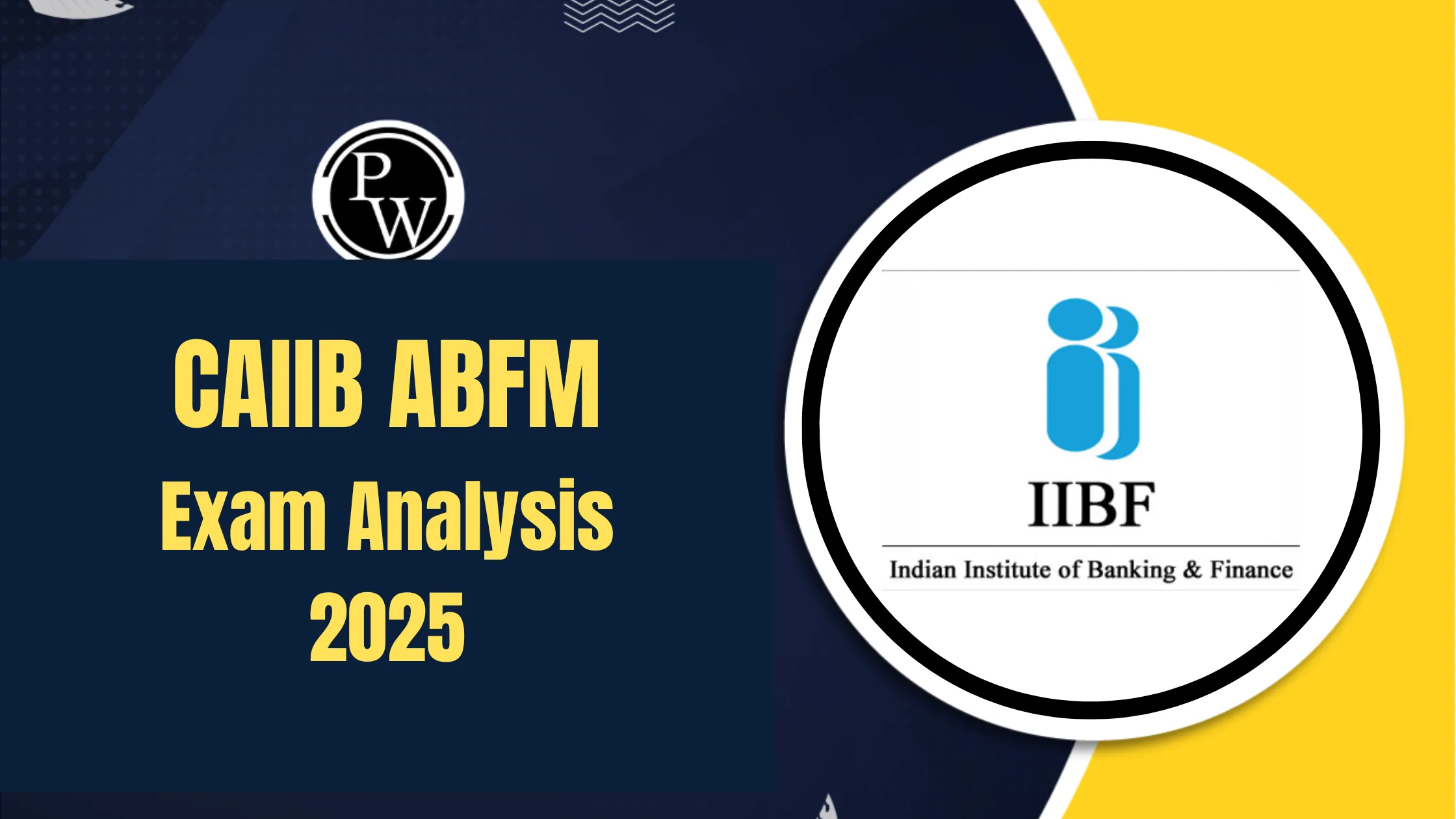
Role of CAIIB Risk Management: CAIIB is one of the premier courses that IIBF provides to its members who have passed Part 1 of the Associate Examination or JAIIB. If one wishes to take the test, one must complete three papers: two obligatory (Advanced Bank Management and Bank Financial Management) and one elective (which must be selected from the list of courses; CAIIB Risk Management is one elective).
Theoretically, CAIIB Risk Management is the process of rationally creating and carrying out a strategy to address possible losses. The methods used to control an institution's exposure to risk or losses and safeguard the value of its assets are the main emphasis of risk management.Role of CAIIB Risk Management
The global financial crisis triggered a change in the wave of business activity around the world. Managing non-financial risks has become very important as regulators have tightened their compliance and regulations. Institutions are now recruiting competent staff and systems to solve information problems. So for this those candidates who are going to appear for the CAIIB 2024 Exam must know the details of Role of CAIIB Risk Management as it is one of the elective exam.CAIIB Risk Management Syllabus 2024
The Indian Institute of Banking & Finance (IIBF) has officially released the CAIIB Risk Management Syllabus 2024 for those candidates who are willing to appear for the CAIIB 2024 Exam.
- There are total 100 MCQs (Multiple Choice Questions) for 1 mark each.
- Mode of Exam will be online.
- There will be no negative marking for any incorrect reponses.
- Duration of CAIIB Risk Management Exam is 2 Hours.
- Questions will be from Conceptual grasp, Problem Solving, Knowledge Testing, Analytical/logical exposition, and case analysis
| CAIIB Risk Management Syllabus 2024 | ||
| SUBJECT | MODULES | UNITS |
| 6. Risk Management | a. An Overview | This unit explains definitions or policies in relation to Risk, Risk Process in Risk Organization, and the Key risks involved in banking such as Credit risk, market risk, operational risk, liquidity risk, legal risk, interest rate risk, and currency risk. |
| Asset Liability Management introduces you to concepts like ALM, ALM organization, ALCO techniques or tools, Duration analysis, Simulation, Gap, Linear & some other statistical methods of control. | ||
| Risk measurement & Control talks about Calculation, Risk exposure analysis, Risk-adjusted, return on capital, Capital adequacy norms, Risk management or mitigation policy, Risk immunization policy/ strategy for fixing exposure limits, Risk management policy and procedure, etc. | ||
| This unit also contains concepts like Norms regarding Capital adequacy , Prudence, Exposure; Concept of Mid office, Forwards, Futures, Options, Regulatory prescriptions of risk management, Strategies, and Arbitrage opportunities. | ||
| b. Credit Risk Management | This unit introduces you to Basel Norms , Three pillars of Basel and Capital for Operational risk, Methods for estimating capital requirements, Methods for estimating capital requirements, Risk rating and risk pricing, Framework for risk management, RBI guidelines on risk management, Standardized approach for Credit risk & advanced approach, Credit rating or scoring and rating system design, Credit Bureaus, Stress test and sensitivity analysis, Internal Capital Adequacy Assessment Process, Internal Capital Adequacy Assessment Process and Introduction to structured products. | |
| c. Operational Banking | Operational Risk also introduces Basel Norms in relation to operational banking , RBI guidelines, its likely forms and causes for its significant increase, Sound Principles of Operational Risk Management (ORM) -organizational setup and key responsibilities, SPOR – policy requirements and strategic approach, SPOR identification, measurement, control and mitigation of operational risks, SPOR identification, measurement, how to control/mitigation of operational risks, Capital allocation for operational risk, methodology, qualifying criteria for banks for the adoption of the methods & Computation of capital charge for operational risk etc. | |
| d. Market Risk | This unit further defines terms & the Prescriptions of Basel Norms, Liquidity & Interest rate risk, foreign exchange & Price risk ( Equity, Commodity risk, Treatment of market risk under Basel, Standardized duration method & Internal measurement approach – VaR ) | |
| e. Risk Organization and Policy | Risk Organization and Policies focuses on Policy on Risk Management, Inter-linkages to – Treasury, Credit and ALCO, etc. | |
CAIIB Risk Management Study Plan
Complete the Syllabus
The first step is to thoroughly familiarize yourself with the curriculum. If the candidates are not sure about the appropriate syllabus, it is impossible for them to prepare well. Write the entire syllabus somewhere and prepare a time-based study plan.Get the Best Books for study
Follow CAIIB books recommended by experts to prepare well for the exam. There are many books available in the market. But always choose books that are highly rated and recommended by experts.Make a daily routine
2-3 hours of one subject in the morning, 2-3 hours of another subject in the afternoon, and 2-3 hours of a third subject. theme in the evening to complete your day. This organized study plan will help you crack the exam with good marks.Attempt Mock Test
To track your progress, it is very important to solve the previous year's questions and try to take exams at least twice a week. It will also help you understand how to manage your time while solving the exam paper on the CAIIB exam day.Role of CAIIB Risk Management FAQs
Q1. What is the role of risk management in CAIIB?
Ans. CAIIB Risk Management is the process of a bank identifying, evaluating, and taking steps to mitigate the chance of something bad happening from its operational or investment decisions. This is especially important in banking, as banks are responsible for creating and managing money for others.1
Q2. What is the passing marks for CAIIB Risk Management Exam 2024?
Ans. The passing marks for CAIIB Risk Management Exam 2024 is 50 out of 100.
Q3. What is the CAIIB Risk Management Syllabus?
Ans. We have provided the detailed CAIIB Risk Management Syllabus 2024 for your reference.
Q4. What is the duration of CAIIB Risk Management Exam?
Ans. The CAIIB Risk Management Exam is going to be held for 2 hours of duration.
Talk to a counsellorHave doubts? Our support team will be happy to assist you!

Check out these Related Articles
Free Learning Resources
PW Books
Notes (Class 10-12)
PW Study Materials
Notes (Class 6-9)
Ncert Solutions
Govt Exams
Class 6th to 12th Online Courses
Govt Job Exams Courses
UPSC Coaching
Defence Exam Coaching
Gate Exam Coaching
Other Exams
Know about Physics Wallah
Physics Wallah is an Indian edtech platform that provides accessible & comprehensive learning experiences to students from Class 6th to postgraduate level. We also provide extensive NCERT solutions, sample paper, NEET, JEE Mains, BITSAT previous year papers & more such resources to students. Physics Wallah also caters to over 3.5 million registered students and over 78 lakh+ Youtube subscribers with 4.8 rating on its app.
We Stand Out because
We provide students with intensive courses with India’s qualified & experienced faculties & mentors. PW strives to make the learning experience comprehensive and accessible for students of all sections of society. We believe in empowering every single student who couldn't dream of a good career in engineering and medical field earlier.
Our Key Focus Areas
Physics Wallah's main focus is to make the learning experience as economical as possible for all students. With our affordable courses like Lakshya, Udaan and Arjuna and many others, we have been able to provide a platform for lakhs of aspirants. From providing Chemistry, Maths, Physics formula to giving e-books of eminent authors like RD Sharma, RS Aggarwal and Lakhmir Singh, PW focuses on every single student's need for preparation.
What Makes Us Different
Physics Wallah strives to develop a comprehensive pedagogical structure for students, where they get a state-of-the-art learning experience with study material and resources. Apart from catering students preparing for JEE Mains and NEET, PW also provides study material for each state board like Uttar Pradesh, Bihar, and others
Copyright © 2025 Physicswallah Limited All rights reserved.
Get App
